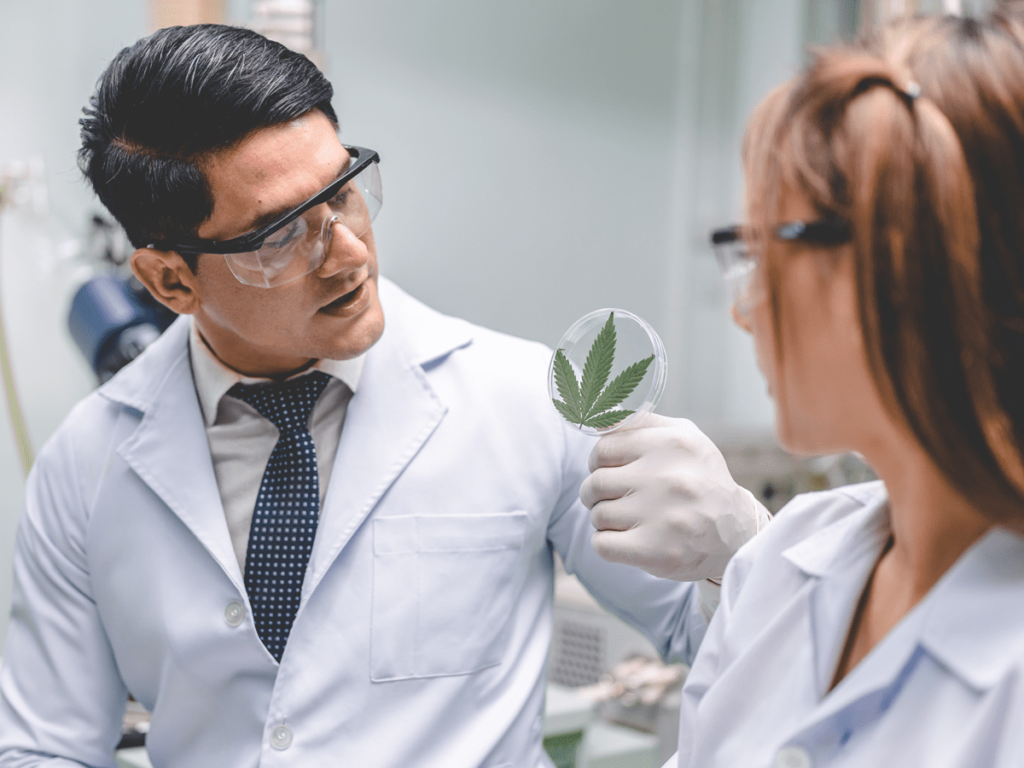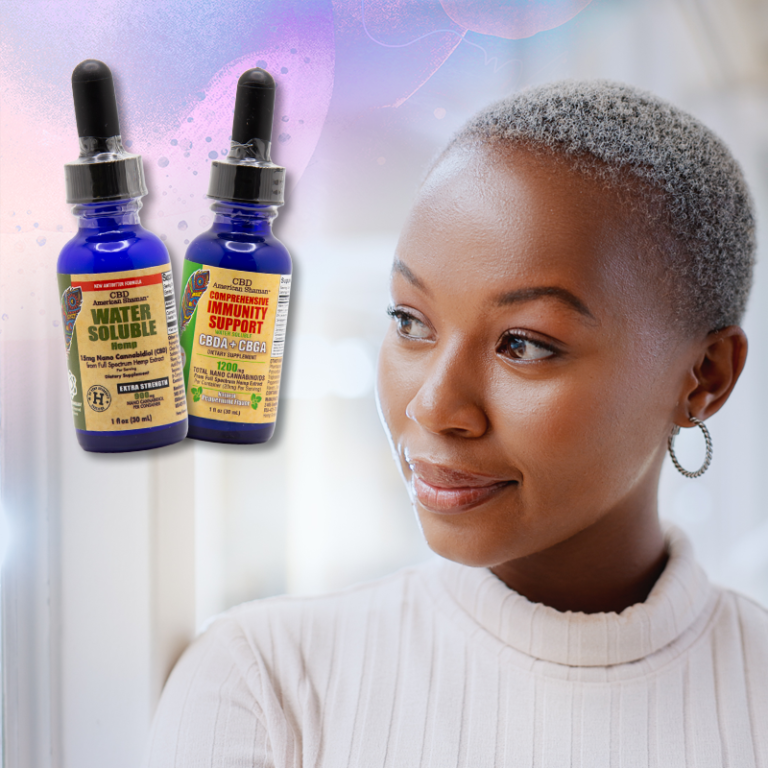What is a COA?
If you’ve shopped for hemp or cannabis products, you’ve likely come across the term COA. While it might seem like just another industry buzzword, like CBD or terpene, a COA is actually a crucial component.
Understanding a COA is essential when shopping for hemp or cannabis products. While sight and scent can reveal a lot about a product, a COA offers a detailed and in-depth view of the item you’re considering.
What does COA Stand For?
COA is short for Certificate of Analysis. They are the third-party testing results of a laboratory licensed to test for a variety of things. These items can be required by state or federal law (depending on if the product is derived from hemp or marijuana).
What Information Does a COA Contain?
A Certificate of Analysis (COA) provides valuable information for both industry professionals and consumers.
Common tests conducted by third-party laboratories include, but are not limited to:
- Cannabinoid potency
- Terpene content
- Presence of mold, pesticides, herbicides, or heavy metals
- Moisture content (especially for smokable flower products)
For hemp products, COAs are mandated by federal law to ensure all products meet safety standards and contain less than 0.3% Delta 9 THC by dry weight.

For cannabis products, legal marijuana programs differ from state to state. However, Certificates of Analysis (COAs) are a consistent requirement across all programs. These tests serve as a quality control measure to ensure that brands comply with the safety standards established by each state’s regulations.
How to Find a COA
There are several ways to find a Certificate of Analysis (COA). Reputable brands ensure that the COAs for all their products are easily accessible to their customers.
One of the most straightforward methods is to check the brand’s website. Trustworthy brands prioritize making this information readily available. By uploading COAs directly to their site, brands can keep them updated and current, making it convenient for shoppers to access the information they need.
QR codes are another convenient option. Many brands enhance the online experience by placing QR codes on their packaging or products. Scanning these QR codes can instantly direct shoppers to the COA on the website. This feature has become increasingly popular for its ease of use, accessibility, and transparency, benefiting both shoppers and brands.
Additionally, you can find a COA by asking an employee at the store where you’re shopping. Stores that sell these products should have copies of all COAs available. Politely requesting this information from a staff member can provide you with the details you need.
Red Flags to Watch Out For
When evaluating COAs (Certificates of Analysis), there are a few key warning signs to watch for. First, check the COA’s expiration date. Typically, COAs are valid for about a year, and products may change or need retesting within that time. This expiration date can also indicate the age of the product.
Another red flag is if a brand refuses to provide a COA, claiming it is proprietary information. Such a denial can undermine trust between the brand and its customers, raising concerns about transparency and product integrity.

The Bottom Line
A Certificate of Analysis (COA) is an essential resource for both brands and consumers. Although it may appear as just a document, a COA contains a wealth of critical information. It allows shoppers to verify potency, quality, and detailed cannabinoid and terpene profiles.
Understanding how to interpret a COA is crucial when selecting hemp or legal cannabis products. Think of a COA as a treasure map—it guides you to the perfect product tailored to your needs.






